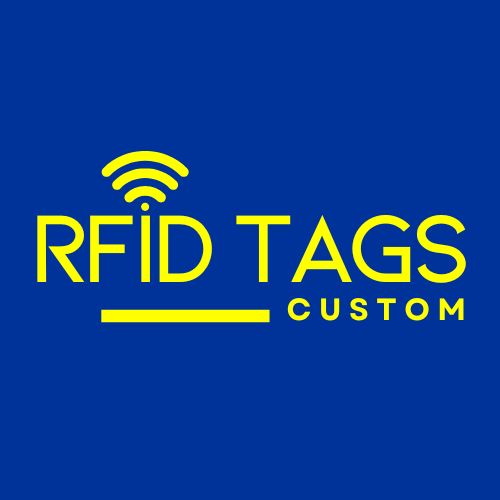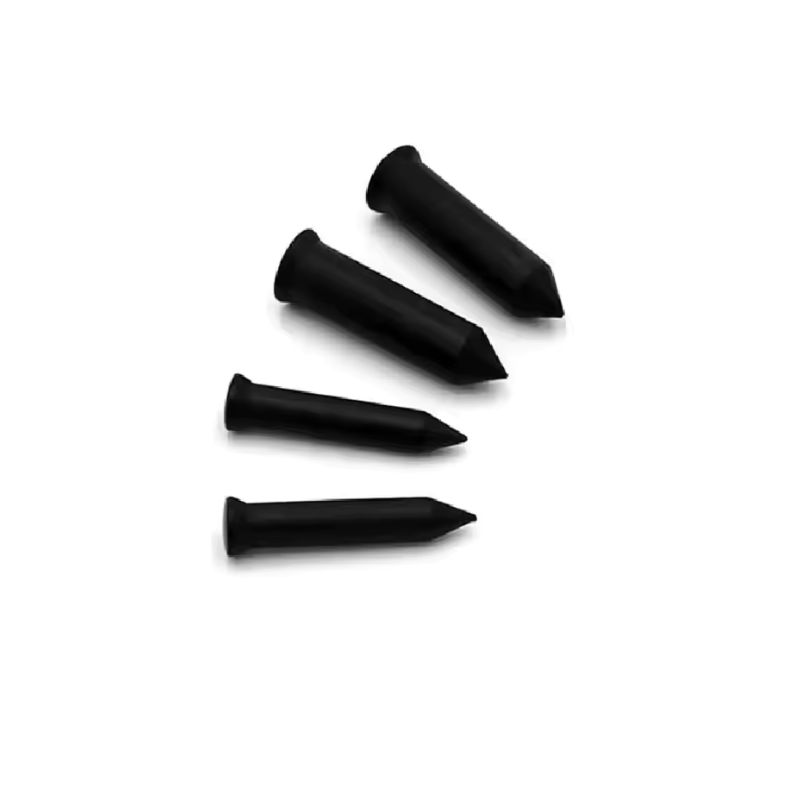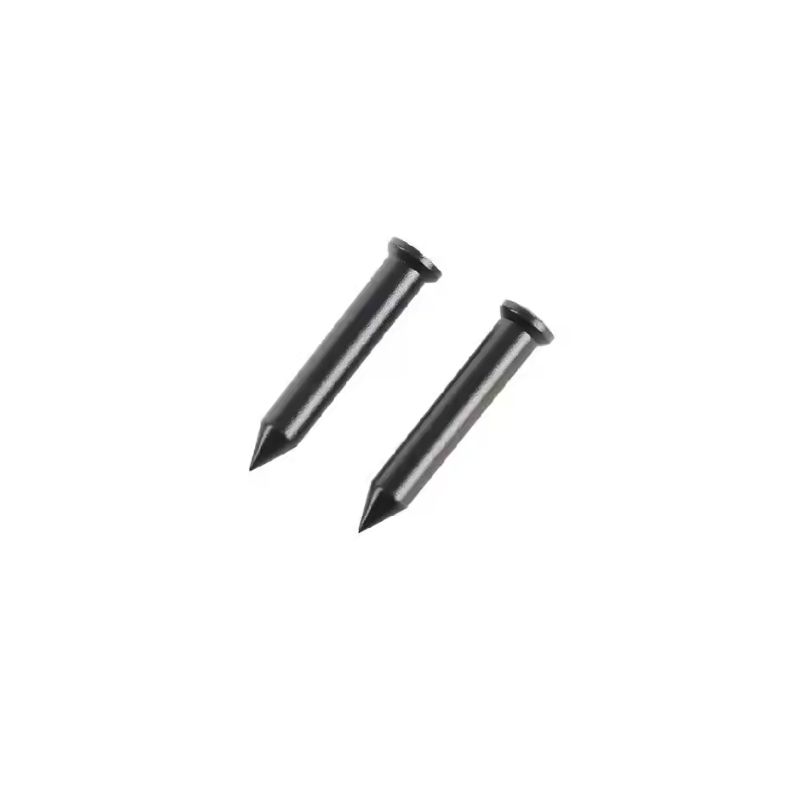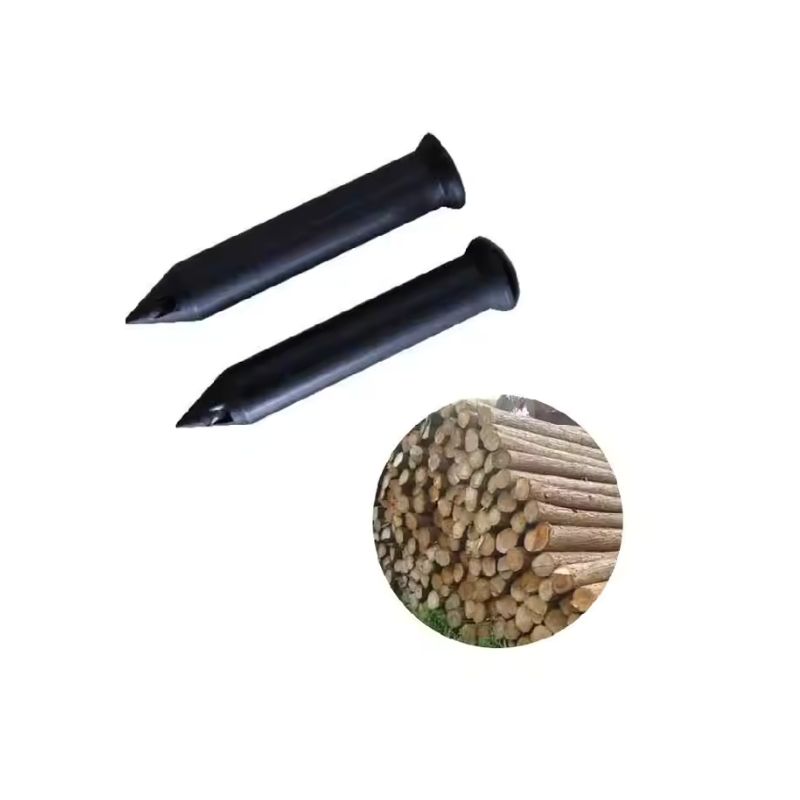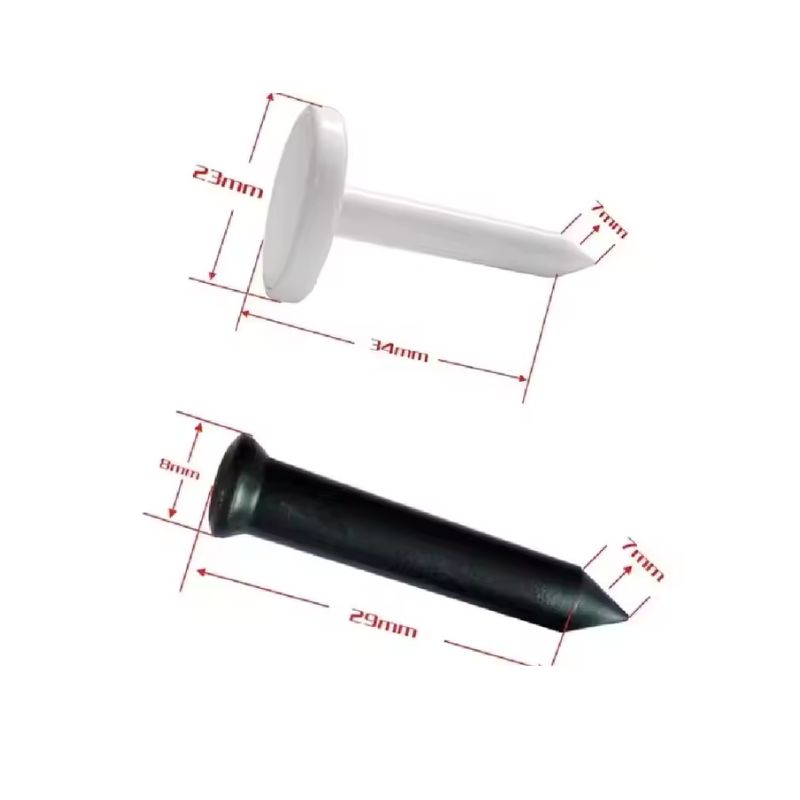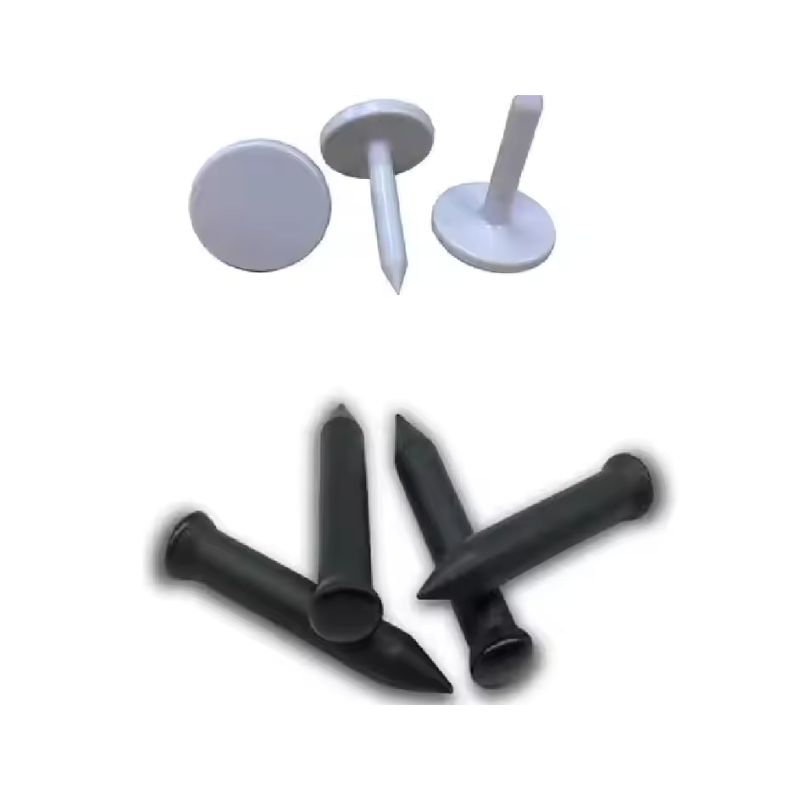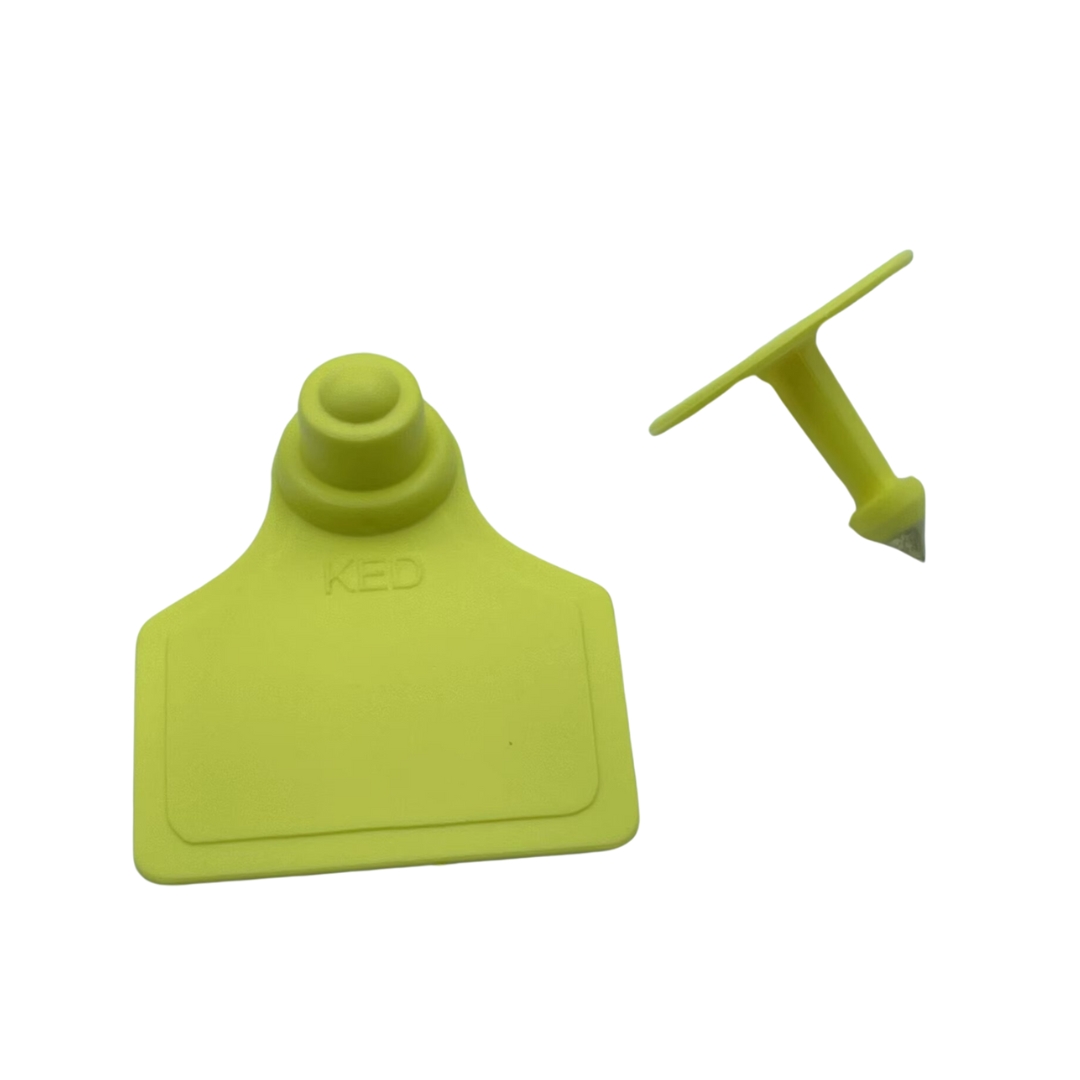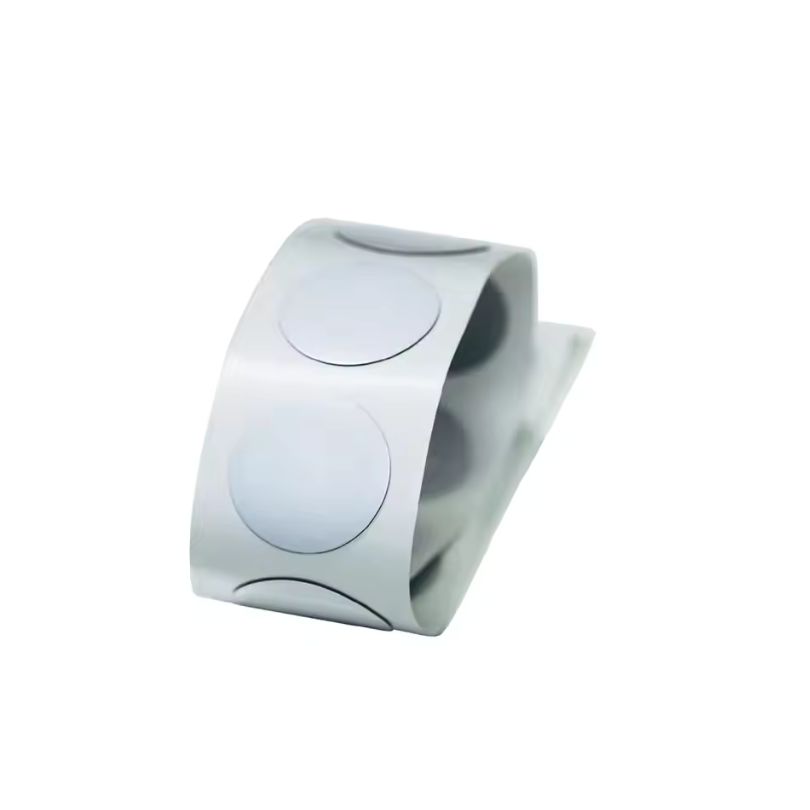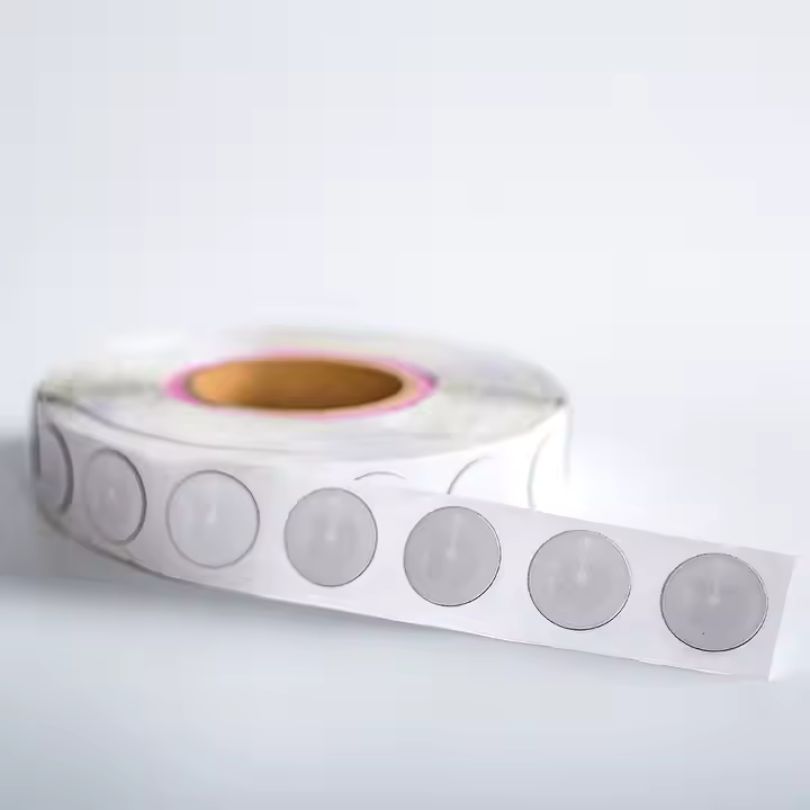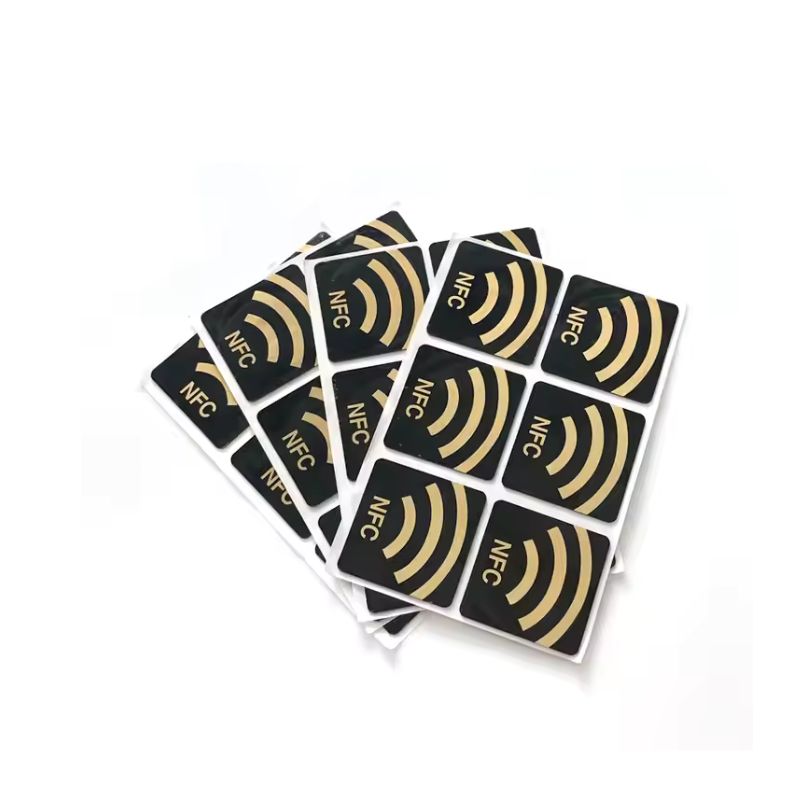
Tree RFID Nail Tags LF RFID Tag for Forest Wood Management
Durable and Reliable LF RFID Tag nail tags: Secure Asset Tracking at 125 kHz
Looking for a robust and discreet solution for asset tracking? Our LF RFID tag Nail Tags, operating at a dependable 125 kHz, provide a secure and long-lasting method for embedding identification directly into various materials.
These tags are ideal for applications where durability and tamper-resistance are paramount, offering a reliable solution for RFID tag integration into diverse environments. Benefit from improved inventory accuracy, reduced losses, and streamlined operational efficiency with these lf RFID tags. Request your free samples now and experience the difference!
Unmatched Durability and Design of RFID Nail Tags
Our RFID Nail Tags are specifically designed for embedding into materials where surface mounting is not feasible. Encased in a rugged, nail-shaped housing, these RFID tags are incredibly durable and resistant to harsh environmental conditions. Commonly operating at 125 khz, the robust design protects the internal transponder from damage, ensuring long-term reliability. Because of this, our RFID Nail Tags are ideal for applications like:
Wooden pallets and crates
Trees and forestry management
Construction materials
The small form factor allows for discreet integration, while the secure embedding prevents easy removal or tampering. This is critical for applications where asset security and traceability are important. In addition to the standard nail shape, the LF RFID tag can be customized in size and shape to best fit your needs and ensure optimal performance. We provide different types of RFID tags to meet your requirements.
Understanding LF RFID Tag Technology and Applications
Low frequency (LF) RFID technology, especially at the 125 khz range, offers several advantages, making it a suitable choice for specific applications. LF RFID systems operate with a read range up to 10 cm, which provides a focused and controlled read zone. Although it has a slower data read rate compared to ultra-high frequency (uhf RFID) or hf RFID, LF or HF technology offers excellent resistance to interference from liquids and metals, making it a reliable choice for challenging environments. This is because lower frequency RFID is less impacted by water.
Here’s a quick comparison:
| Feature | LF RFID (125 kHz) | UHF RFID | HF RFID (13.56 MHz) |
| Frequency | 125 kHz | 860-960 MHz | 13.56 MHz |
| Read Range | Up to 10 cm | Up to 12 meters | Up to 1 meter |
| Data Rate | Slower | Faster | Medium |
| Metal/Liquid Sensitivity | Low | High | Medium |
LF RFID applications are diverse and include:
Asset tracking: Securely identify and track valuable assets.
Animal identification: Commonly used for animal tracking.
Access control: Secure access points.
Industrial automation: Track parts and tools through the manufacturing process.
Custom LF RFID Solutions for Your Unique Needs
We understand that every business has unique requirements. That’s why we offer custom LF RFID solutions, including the ability to build a custom LF RFID tag to match your specific application. As an american owned and operated engineering firm that manufactures custom RFID products, we can tailor the shape, size, and programming of our RFID products to meet your exact specifications.
We can help you:
Select the right type of RFID tag for your needs.
Provide ongoing technical support.
From initial consultation to final implementation, we are your trusted partner for all your RFID needs. Benefit from improved inventory accuracy, reduced losses, and streamlined operational efficiency.
Get Your Custom RFID Tags
As a leading custom RFID tag manufacturer, we craft solutions based on the unique needs of your operation. We offer a wide range of customization options, including material, size, frequency, encoding, and read distance, ensuring each RFID Tag is perfectly customized to your requirements. No matter what application you use RFID tags for, we can provide rugged, reliable RFID tags that meet the highest quality and durability standards. Here are the main ways we customize RFID tags to fit your needs.

Material Selection
Material is key for customizing RFID tags. Plastic works in harsh conditions, while softer materials suit delicate spaces. Different materials also affect signal performance. Pick what fits your use case to ensure your tags last and work reliably.

Customized Size
Size shapes usability. Small tags fit tight spaces or tiny items, while larger tags are easily read. In crowded areas, sleek tags prevent clashes. Align shape and dimension with your goods for visibility, convenience, and performance.

Frequency Requirements
Choose LF, HF, or UHF based on read range, speed, and interference. LF and HF resist metals and liquids but have shorter ranges. UHF offers an extended range yet may face signal blocks. Match frequency to your environment for reliable performance.

Reading Distance
Define the distance at which you have to read the tag. Short distances work for retail checkouts, while warehouses may need meters of coverage. Antenna design, reader settings, and power outputs affect range.Adjust these factors to capture data accurately at the distance you need.

Encode
Plan how data is stored on each tag. Some only hold an ID, while others contain detailed info. Decide if you need a simple EPC or added user memory. Ensure your chosen format works with existing software. Proper encoding streamlines processes and slashes errors.

Application Environment
Consider real-world conditions. Temperature swings, humidity, and chemicals can degrade tags. For outdoor use, opt for UV-resistant casings. In healthcare or food settings, ensure compliance with safety rules. Matching your tags to the environment maximizes their lifespan.
Related Products
Customize any RFID tags from our factory to meet your requirements.
